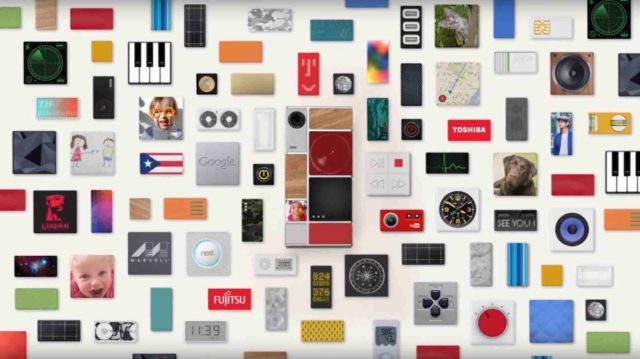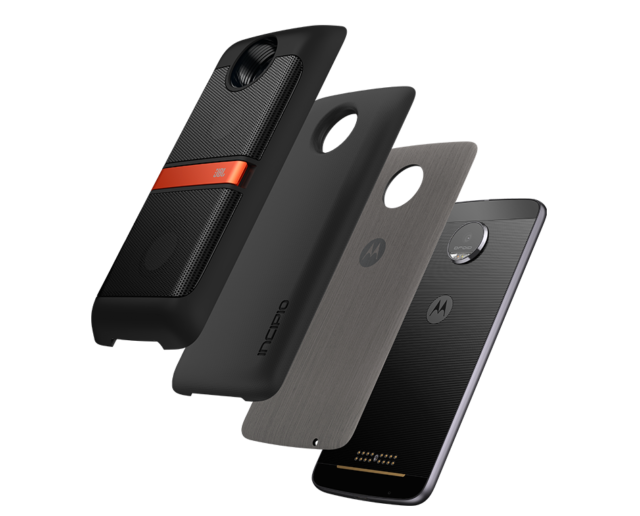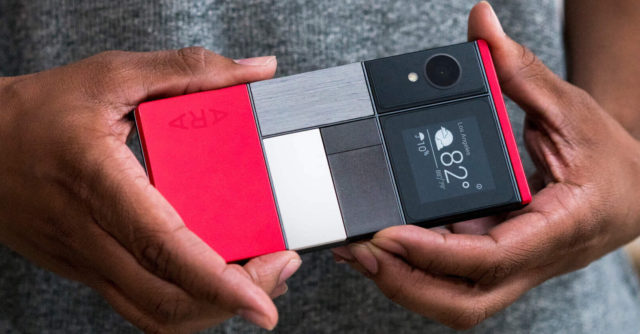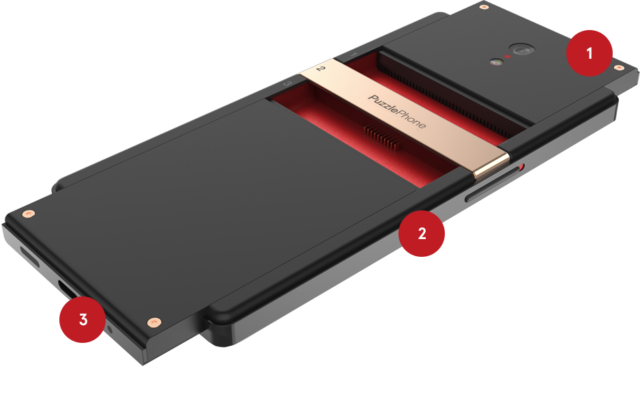Modular smartphones of our day – an innovation or a rethinking of an already existing idea?

2016 may well go down in history as the beginning of the era of modular smartphones. News headlines are vying with each other to elevate devices such as LG G5 and Motorola Moto Z, which for the first time have become available to users some kind of customization of the hardware. But what will it all add up to in the end? A myth in which real modularity is replaced by a set of performance-enhancing accessories? Or, above all, instead of not quite ambitious results, we will see a recognition of the fact that the very first modular devices will fail to meet the lofty expectations of the project Motorola (and now – Google), known as Project Ara and no longer aimed at full modularity?

To be honest, the very concept of a 'modular smartphone' is not something well-established. For example, in the course of work on an upcoming device from Google within the framework of Project Ara, classified as the aforementioned type, over the past year, engineers have lost their former ambitions, giving up the opportunity to replace the most basic components. According to the initial idea of Ara, the device was supposed to be a main unit, on the basis of which it would be possible to replace the key elements for a modern smartphone at the request of the owner, which, perhaps, came to mind for those who heard about the concept. The thing is that the idea repeats the path that enthusiasts have walked for many years, collecting their own versions of the PC.
In the personal computer industry, the analogue of modular smartphones already exists in the form of self-assembled computers, for which a large number of vendors supply components. When assembling a PC yourself, it is quite easy to update outdated components over time. Over the past ten years, my car has changed several configurations in the same body I bought in 2006.
But handheld devices are orders of magnitude more complex than large blocks of personal computers, whose physical space constraints are not so limited. This may be the reason for the rejection of the original design of the Ara project: a lot of space is required for CPU, RAM, data storage and battery, so there is too little space left in the case of prototype models for innovative modules to give the device the proper level of personalization and differentiation. .

The purpose of the modular smartphone also raises the question of a tradeoff: is the phone there to provide upgradeability and reduce equipment waste, or is it just an empty chassis that encourages and encourages personalization and improved functionality? Ara moves forward, guided by the second option, citing the fact that people are not so interested in existing components as in adding functionality that goes beyond the capabilities of 'out of the box'.

The person who collaborated with the Ara team from the very beginning of the project, which was still part of Motorola, is not entirely happy with such a change in the vector. We are talking about David Hackens, a Dutch designer who posted a video in 2013 that sparked public interest in modular smartphones. The video has received about 20 million views so far. In this video, Hackens describes his vision for a fully modular smartphone ecosystem called Phonebloks. The main idea was born from a conservation approach, not just an emphasis on geeks assembling a working smartphone from standardized parts.
Hackens sees the commercialization of consumer electronics, especially biennial smartphones, as a real threat to the living environment. For Hackens and many other members of the Phonebloks community, the ability to replace (and, as a result, upgrade) key components (motherboard, RAM, memory storage) plays a key role. To date, none of the self-proclaimed modular smartphones from major manufacturers can offer this. But hope is not lost, because solutions from small companies enter the market.

Now the Finnish company Circular Devices has come as close as possible to the ideal modular smartphone. Their PuzzlePhone, which received $ 116,000 in an Indiegogo campaign and is scheduled to ship this year, has three modular accessories to combat device obsolescence. The modules are called 'heart', 'spine' and 'brain' and represent the motherboard, display, and battery respectively. PuzzlePhone offers a real modular system with replaceable, albeit partially, elements that add something new: faster processor, larger and more powerful batteries, better resolution. The CEO of the company says they are counting on a ten-year smartphone “lifespan” for the user. Compare with the usual Galaxy or iPhone, which not only become obsolete after two years, but also lose the manufacturer's support and any hope of updating to the current software version.
Also, there is the Fairphone 2 project, a smartphone based on Android with countless replaceable hardware modules. In fact, the only thing that the project lacks until it is completely similar to homemade PCs is the presence of a rich ecosystem of components from different manufacturers, although if the phone gains a foothold among a large audience of users, then the situation may change.
Finally, the Chinese company Seeed Studio has taken a completely different approach to a modular communication device. Their RePhone suite is not a mainstream smartphone, but the small screen, coupled with the low cost and open OS make the project ideal for adding cellular support for very different use cases, in which a smartphone is either too expensive or difficult to understand. One of the innovative features is a template with which you can create a device case from a variety of materials.
All this brings us back to the original question: has the era of modular smartphones really begun, will we see everything as it is or with pink glasses? Depending on your views, there can be both.
On the one hand, if we assume that the big players are the pioneers in this segment, then this is somewhat unfair: after all, functionally enhancing add-ons have been on the market since the Handspring Visor. But if we add devices from PuzzlePhone and Fairphone, then the dispute confidently turns in their direction. The conclusion is this: no matter when modularity appears and becomes popular, the 'genie' has already left the lamp and multiple assumptions have been made that the concept will last for a long time.
Original material by Evan Blass
In one of his recent materials, Pavel Krizhepolsky expressed an absolutely wonderful idea that the mentioned smartphones from LG and Lenovo are not modular at all, but have modular accessories. I agree with the opinion, you need to call a spade a spade. In the given material, the author describes examples of projects of truly modular devices, to one degree or another, offering customization of the main 'nodes' of the gadget. Ideas are interesting, if only the implementation does not disappoint.
In general, modularity is going through another cycle of popularity and I really want this time innovation to result in an adequate product. You can foresee the appearance of sticks in the wheels of this process, not everyone will like the ten-year life cycle of the device. Well, good luck to the innovative manufacturers.
